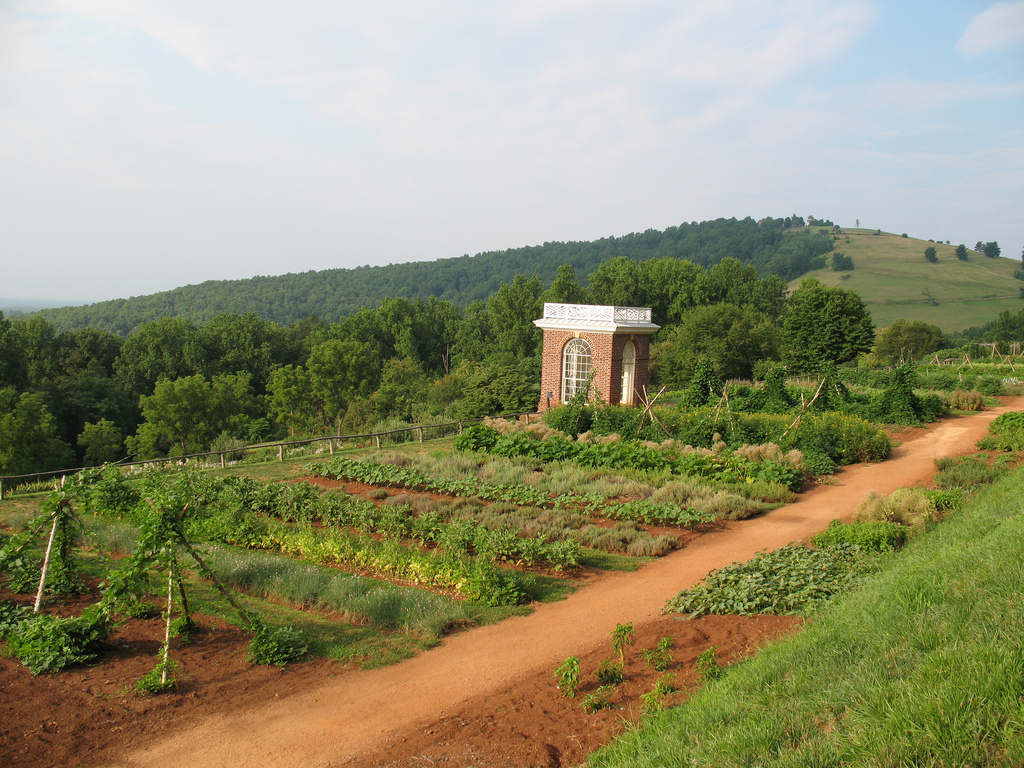My wife and I got serious about our garden this year. In years past, we planted some seeds in Styrofoam (gasp) cups and cleared a spot for them on a shelf in front of the south-facing glass door. We always got a late start and the plants would be only an inch tall when the time came to transplant them into the earth.
Over winter we read a lot, went on a date that included Half Price Books where we picked up some gardening books, and lit up the basement with fluorescent lights above newspaper pots filled with seed-starting soil. It was a lot of anticipation and I have high hopes, but so far, when I peek at those pots in the basement the only green I see is sprouting lettuce. Nothing is going on above the surface for any of our other plants. It's then that I remember that the hardest part of gardening is waiting.
Planting is the act of starting a process, then stepping back and
letting the seed do its thing. From the human perspective, gardening is
almost passive. It's the effort of clearing the way, eliminating both
stones and weeds, providing the seeds and plants with the nutrients and
water they need to grow.
Germination takes time. A seed is transforming from a dried lump of cells into a self-sustaining plant, able to gather what it needs from the outside world. I don't know much about being a seed, but all that growth and development seems difficult. Then, once the plant is out of the ground and begins growing out and up, we have to wait for the flowers to pop out. As summer draws on, we wait for the first tomato, the first small pepper. The first vegetables I pick aren't ripe—it's too hard to wait for the yellow tomato to slowly brighten to a fire engine red (or brown-red like some
heirloom tomatoes). Once the fruit comes in, we wait for a few perfect specimens and save seeds to start the process again next year.
That growing process is what gardening is all about. Rather than only consume at the end of the cycle, a gardener allows himself to participate. Year after year, along with learning more about the soil in his garden and the specific needs for each plant, the gardener learns patience. And it's waiting that makes the cherry tomato taste all the more sweet at summer's end.






















